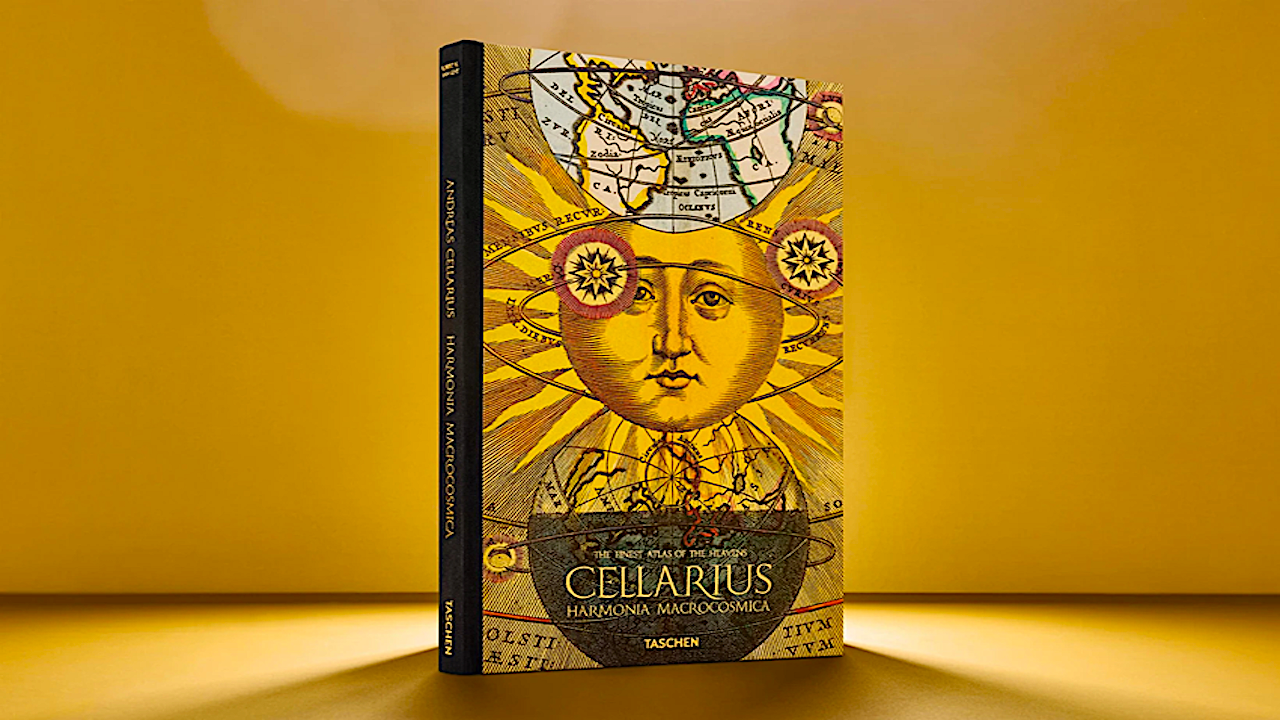Gulf Oil Slick Looks 'Very Scary' From Space, Cosmonaut Says

The dramatic flood of oil in the Gulf of Mexico is analarming sight from space, cosmonauts and astronauts on the International SpaceStation said Tuesday.
The huge oil slick off the Louisiana began April 20 when theDeepwater Horizon oil rig operated by British Petroleum exploded and latersank. The devastatingoil flow has caused untold damage to the environment and wildlife, and itis still leaking.
It is a heartbreaking sight from space, station astronautssaid.
"Just 30 minutes ago we passed over the Mexican Gulfand we took a lot of pictures of this oilspot," space station commander Oleg Kotov, a Russian cosmonaut, toldreporters on Earth via a video link.
"It looks very scary," Kotov said. "It's notgood. I really feel ? not good about that."
Also visible from their vantage point on the station is ashfrom the massive ongoing eruption of Iceland's Eyjafjallaj?kull volcano.
"Yes, we can see ash above the Europe, especially inthe evening hours," Kotov said. "We cannot see the volcano itself.Many ecological problems we can observe and monitor from this space station. It'svery useful for this perspective."
Breaking space news, the latest updates on rocket launches, skywatching events and more!
NASA astronaut Piers Sellers, a trained ecologist currentlyat the station as part of the visiting space shuttle Atlantis' crew, said theoil slick is an unshakeable example of humanity's effect on its home planet.
"These things aren't good," he said of the oilslick. "When you fly around the planet you get to see the thumbprintof man all over the place."
While mostly that thumbprint is positive, such assustainable cities and cultivation of the land for agriculture, there are alsosigns of the damage humanity has done to Earth. Nonetheless, he said, the sightof the globe gave him hope.
"We're optimistic, I think, that people will eventuallylearn to look after the planet," Sellers said.
Sellers and the five other astronauts on Atlantis' STS-132mission ? the orbiter's final planned spaceflight ? arrived at the spacestation on Sunday. They plan to stay about a week to deliver a new Russianresearch module and spare hardware to the orbiting laboratory.
- 7 Strange and Sad Facts About the Gulf Oil Spill
- Images: SOS! Major Oil Disasters at Sea
- Gallery - The Last Launch of Atlantis
SPACE.com is providing complete coverage of Atlantis'STS-132 mission to the International Space Station with Senior Writer ClaraMoskowitz and Managing Editor Tariq Malik based in New York. Click here for shuttlemission updates.

Clara Moskowitz is a science and space writer who joined the Space.com team in 2008 and served as Assistant Managing Editor from 2011 to 2013. Clara has a bachelor's degree in astronomy and physics from Wesleyan University, and a graduate certificate in science writing from the University of California, Santa Cruz. She covers everything from astronomy to human spaceflight and once aced a NASTAR suborbital spaceflight training program for space missions. Clara is currently Associate Editor of Scientific American. To see her latest project is, follow Clara on Twitter.
